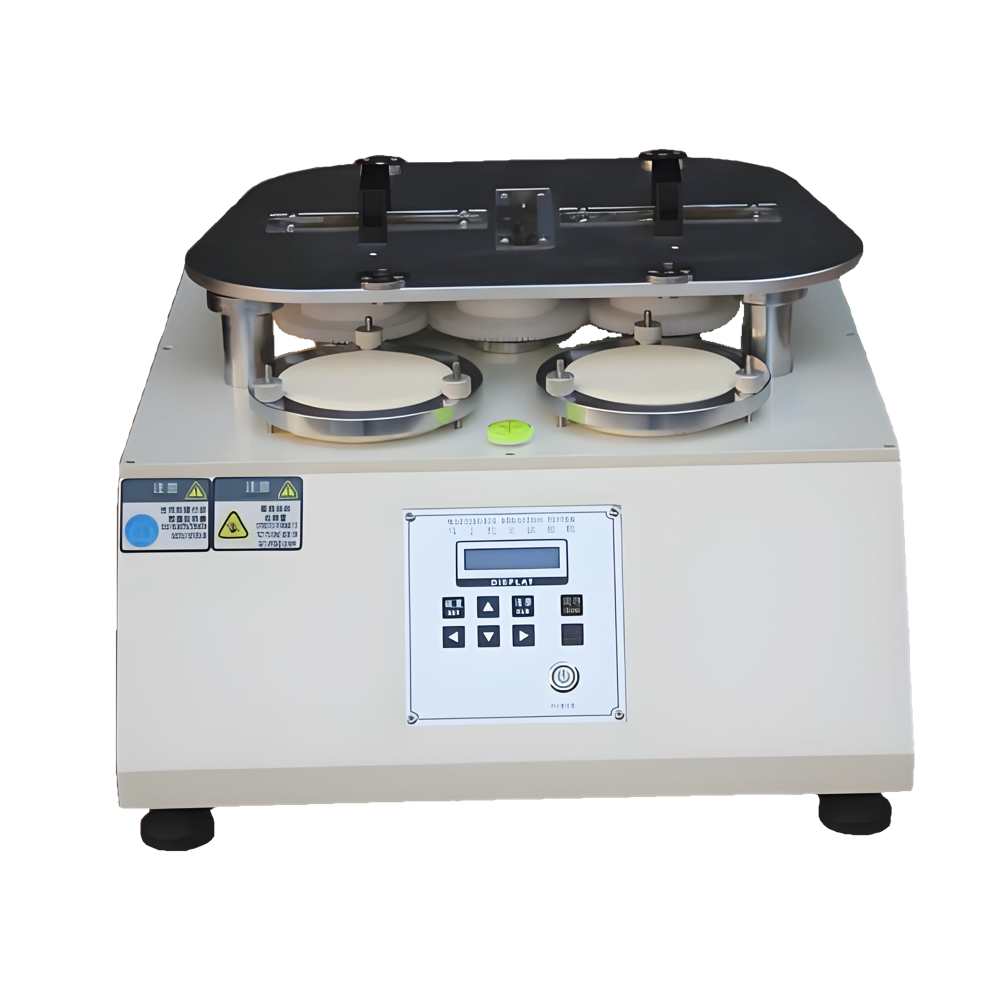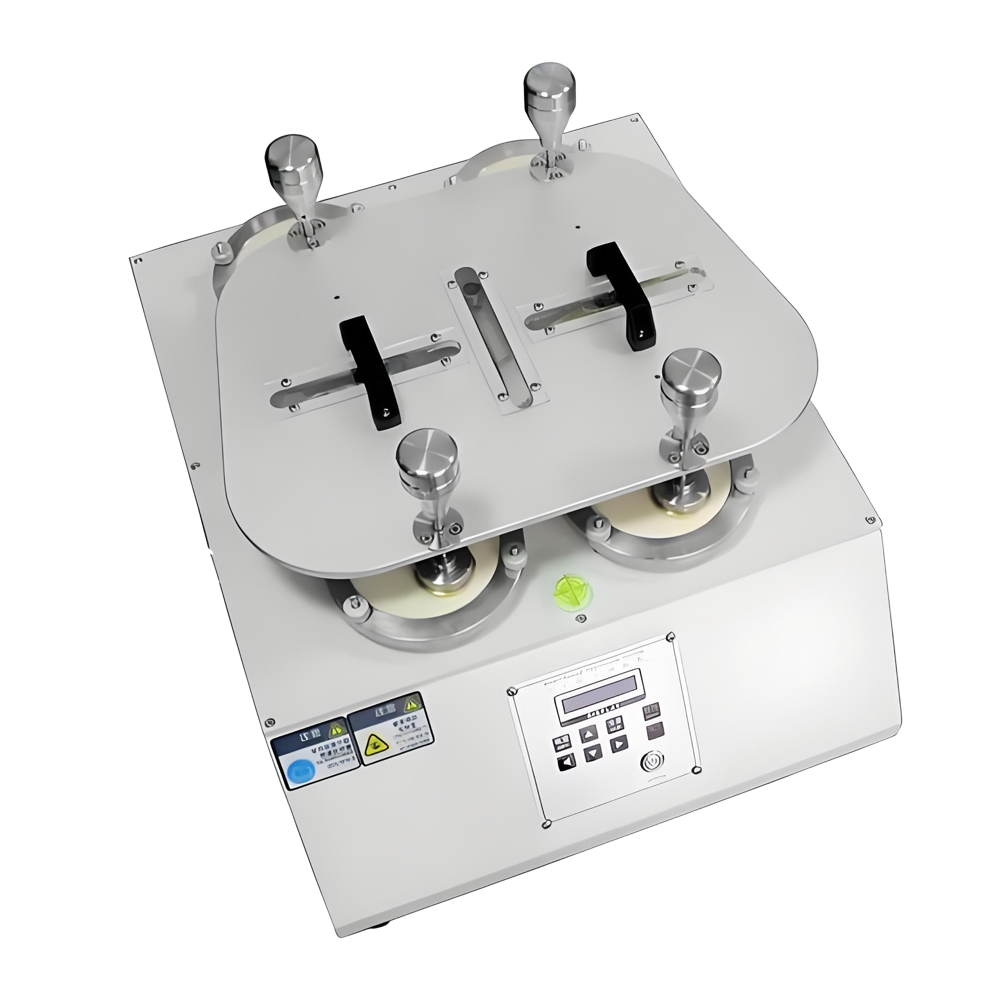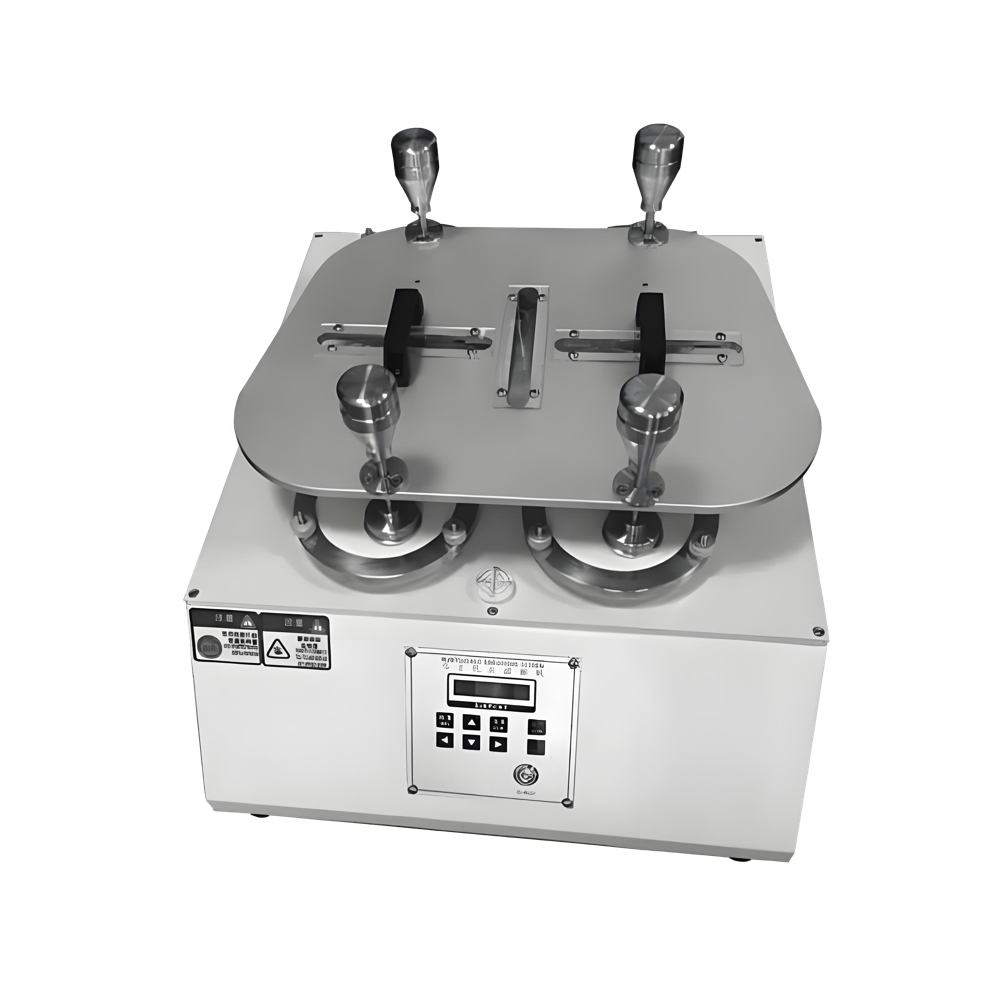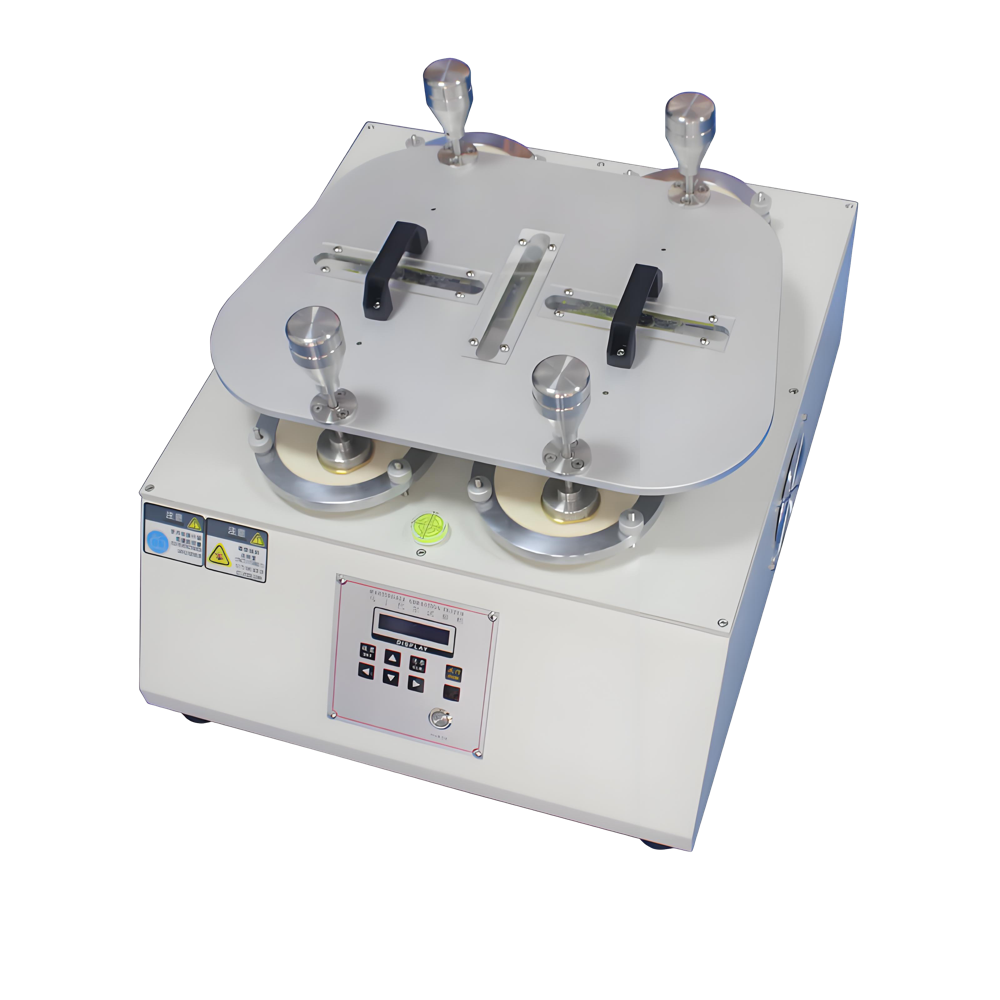
martindale abrasion tester
Product Details:
martindale abrasion tester Price And Quantity
- 1 Unit
- 138005.0 INR/Unit
martindale abrasion tester Trade Information
- Cash in Advance (CID)
- 100 Unit Per Month
- 7 Days
- All India
Product Description
martindale abrasion tester Technical parameters:
| Model | DR-J803-1 Martindale Abrasion Tester |
| Station number | 4 station , 6 station , 8 station , 9 station (custom) |
| Count display | a. Estimated counting:0~999999 times |
| b. Total counting:0~999999 times | |
| Maximum dynamic range | 240.5mm ,60.50.5mm |
| Weight of pressure thing | a.Gripper:2001g |
| b. Cloth samples hammer:3952g | |
| c. Furniture accessories sample hammer:5942g | |
| d. Stainless steel butterfly piece:2601g | |
| Effective friction diameter of grinding block | A type: 200g (1.96N) friction head 28.8-0.084mm |
| B type: 155g (1.52N) friction head 90-0.10mm | |
| The relative velocity of Gripper and the grinding station | 50-2r/min |
| Weight of pressure hammer | 238510g |
| Dimensions | 885mm600mm410mm(LWH) |
| Weight | 150kg |
| Power | Ac220V,50Hz |
Product Features:
1, Adopt with LCD touch screen, clear and easy to operate;
2, With pill and abrasion testing progress, can meet various international standards;
3, Use reduce and increase counting testing method for easy operation;
4, With imported PLC, reliable and suitable for long time test.
Main functions:
one
Simulate wear in actual use:
The Martindale wear tester uses standard wear testing methods to simulate the wear process in actual use by repeatedly rubbing the surface of the sample. This process helps evaluate the performance changes of materials under conditions such as friction and wear.
two
Suitable for multiple materials:
This tester is widely used for wear resistance testing of different types of materials such as textiles, carpets, leather, and synthetic materials. Especially in the textile industry, it is used to test the wear resistance of fabrics, fabrics, and carpets.
three
Adjustable load and speed:
The equipment can adjust the applied load and friction speed to meet the requirements of different materials and testing standards. Usually, wear environments of different strengths are simulated through different loads and friction cycles.
four
Standardized testing:
Martindale wear testing follows international standards (such as ISO 12947) and can provide reliable test results for material quality assessment, product improvement, and compliance verification.
five
Easy to operate and analyze results:
The operating interface is usually simple and easy to understand, and the testing process is automated. Users can analyze the wear resistance of samples through the data recorded by the device. The results include information such as friction frequency, material loss, and surface damage.
Main components:
one
Friction discs and friction blocks:
The core part of the equipment includes a friction disc (usually a smooth metal disc) and a friction block (usually a cloth or abrasive), which comes into contact with the surface of the test material sample and generates wear through friction.
two
Loading device:
Used to apply different loads to the sample to simulate the degree of wear under different usage conditions. The selection of load can be adjusted according to testing requirements.
three
Rotating mechanism:
The rotational motion of the friction disc is used to simulate friction, and the repeatability and stability of this process are crucial to the test results.
four
Sample clamping device:
Used to fix the tested sample, ensuring that the sample does not shift during the testing process and ensuring the accuracy of the test results.
five
Counter and Data Recording System:
Used to record the frequency of friction and other related data, some high-end devices also have data analysis functions to help users easily obtain test results.

Price:
- 50
- 100
- 200
- 250
- 500
- 1000+








 English
English Spanish
Spanish French
French German
German Italian
Italian Chinese (Simplified)
Chinese (Simplified) Japanese
Japanese Korean
Korean Arabic
Arabic Portuguese
Portuguese